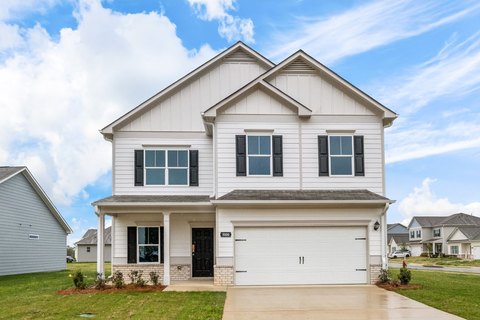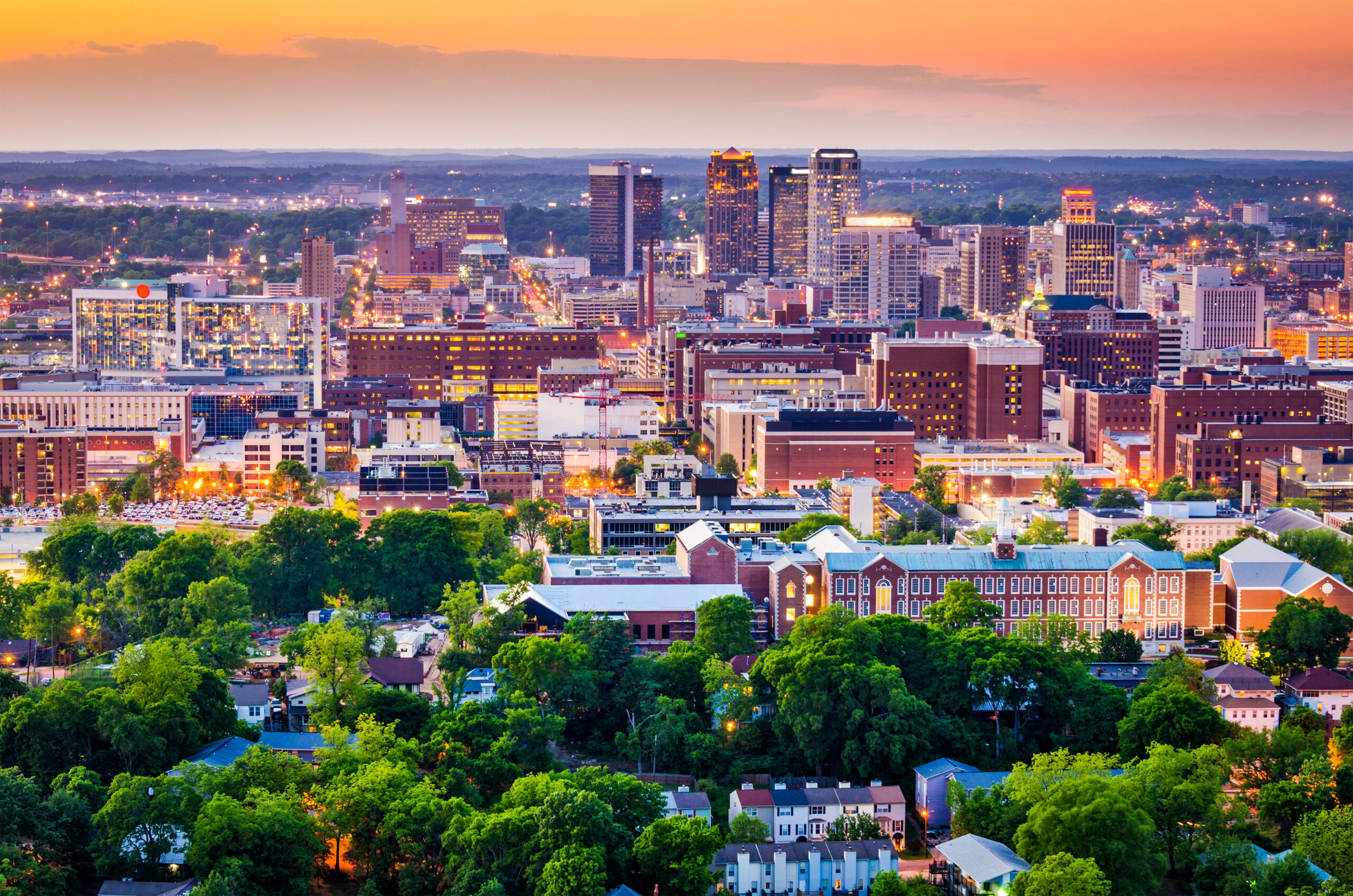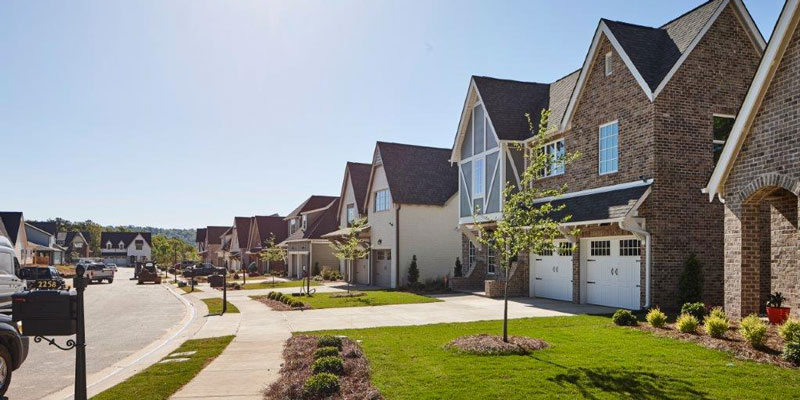About the Birmingham Housing Market
Birmingham, Alabama was founded during the Reconstruction period following the Civil War. It began as a series of small farming communities and grew into an industrial center focused on mining, iron and steel production, and railroading. It has transformed itself from an industrial center into a center for medical research, banking, and services while maintaining its manufacturing roots.
Nestled at the base of the Appalachian Mountains, Birmingham is a place where you can experience the best of Alabama. You’ll find a lively downtown area and fantastic restaurants in the middle of one of America’s most livable cities.
The Birmingham metropolitan area, which includes Hoover and Vestavia Hills, had an estimated population of 1,114,262 in 2021. It is the largest metropolitan area in Alabama as well as the 50th largest in the United States.
Birmingham has been ranked one of the top cities for millennial entrepreneurs due to its friendly local tax laws, a regulatory environment that allows them to start businesses, and many opportunities for training and networking. This is expected to continue as more technology companies flock to the area.

Median Household Income: $60,725
Metro Population: 1.1 Million
11-Year Population Growth: 4.95%
Median Home Price: $238,515
Median Rent Per Month: $1,341 (0.56% rent-to-value ratio)
1-Year Equity Growth: 13.1%
8-Year Equity Growth (January 2014 – December 2022): 74%
1-Year Rent Growth: 10%
8-Year Rent Growth (January 2014 – December 2022): 37%
Job Growth: +18,700 CES jobs created over the last year
1-Year Job Growth Rate: 3.48% (9.3% lower than the national average)
Unemployment Rate: 2.8% (24% lower than the national average)
Tenant Laws: Landlord-Friendly
What to Like
Among the best price-to-rent ratios in the US
Low home prices
Low property taxes
Stable population — and a coming revival?
What to Watch Out For
Smaller market
Relatively high crime and poverty rates
Flood risk
– The average home price in Birmingham is $238,515 and the average rent price is $1,341.
– The average home price in Birmingham is 31% lower than the national average and the rent price is 32% lower than the national average.
– RentCafe reports that 54% of the households in Birmingham are renter-occupied.
– From 2014 to 2022, home prices in Birmingham increased by 73.82% at an annual rate of 8.22%.
– During the same period, rent prices rose by 37.37% at 4.64% per year. Birmingham is a Neutral Housing Market, which means prices tend to be reasonable and homes stay on the market for a typical length of time.
– Birmingham’s population is growing at an annual rate of 0.48%. It grew by only 4.95% from 2011 to 2021, 32% lower than the national population growth rate for the same period.
– The Birmingham metro area added 18,700 jobs from May 2021 to May 2022, a 3.5% YOY increase, close to the US average of 3.84% for the same period.

Affordable real estate
According to Kiplinger’s affordability index, Birmingham has an affordability index of 1 out of 10, making it one of the most affordable places to own a home in the U.S. Birmingham’s housing market is stable. Home prices here are 31% cheaper than the rest of the country.
Strong job growth
Birmingham is experiencing a growth in the economy due to an influx of new companies and millions of dollars being invested into the city. The unemployment rate in Birmingham has continued its downward trajectory, dropping to just 2.8%. Year-over-year job growth has been positive, with over 18,000 new jobs added.
Steady home price appreciation
Home prices in Birmingham have risen by over 8% annually for the past 8 years, which indicates that the housing market there is slightly competitive with supply still lagging behind demand. The average home value in Birmingham increased by 13% between 2021 and 2022. The average rent price also increased by 9.8% on average.
Purchasing Property in Birmingham
Birmingham is a city with a rich history, a thriving tourism industry, and affordable housing. It also has good schools, access to public transportation, and an economy that is attractive to investors.
The neighborhoods of Calera, Chelsea and Pell City are three of the fastest growing neighborhoods in the Birmingham metro area, as well as in Alabama as a whole.
The 10 neighborhoods where home values have risen the highest since 2000 in Birmingham:
City Center, Five Points South, Redmont Park West, East Avondale, 10th Ave S, Glen Iris, Redmont Park, Tuxedo, Crestwood North and Crestwood South.
Birmingham, Alabama



No warranty, expressed or implied, is made regarding the accuracy, adequacy, completeness, reliability or usefulness of any data provided. These data are provided “as is.” All warranties of any kind, expressed or implied, including but not limited to fitness for a particular use, freedom from computer viruses, and non-infringement of proprietary rights, are disclaimed. By visiting this website, the user agrees that the data presented here is added and changed periodically, and data may become out-of-date quickly. This data is provided for informational use only, and the user is encouraged to perform his/her own research.